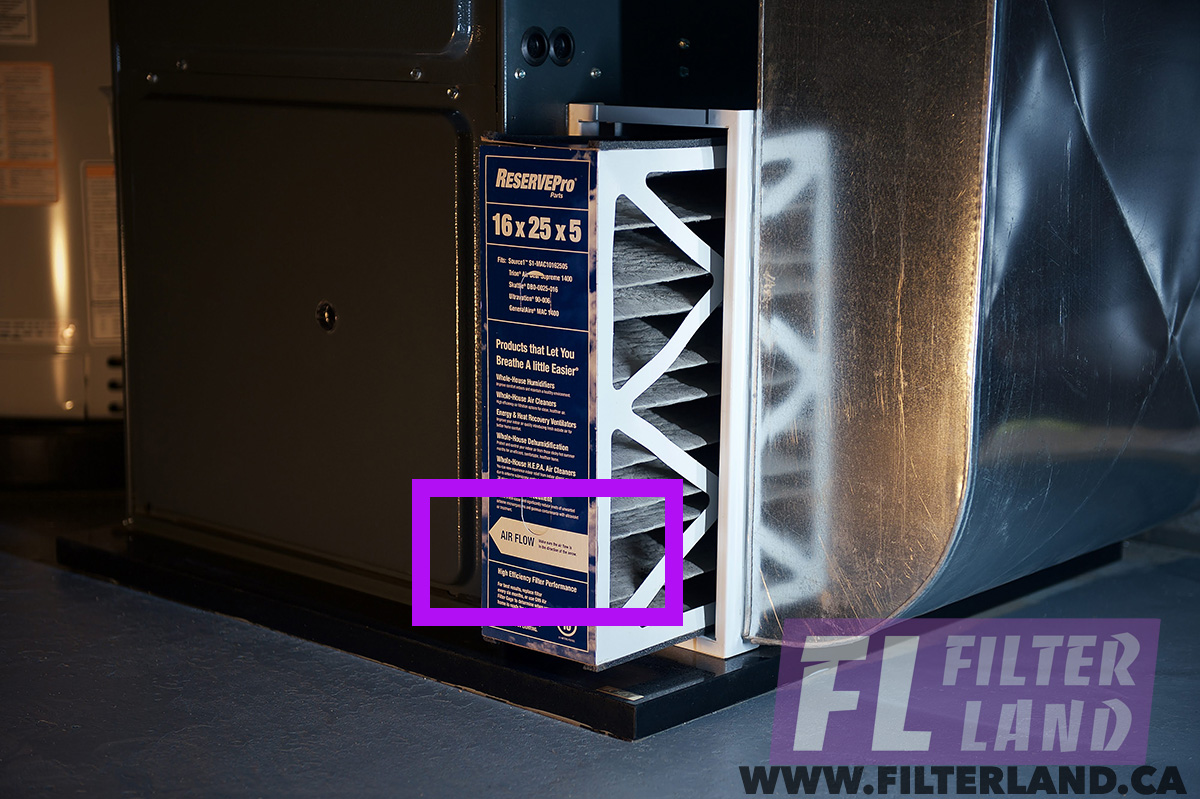
The direction in which a furnace filter is installed may seem like a trifling detail, yet it plays a pivotal role in the efficacy and longevity of your heating system. Like the compass guiding an intrepid traveler through uncharted terrain, the correct orientation of a furnace filter can ensure that your home remains a bastion of comfort during the frigid months. Understanding the nuances of furnace filter placement not only maximizes air quality but also enhances the overall performance of your HVAC system. This article elucidates the significance of filter direction, arming homeowners with the knowledge necessary to maintain their systems in optimal condition.
1. The Anatomy of a Furnace Filter
Before delving into the specifics of filter direction, it is essential to comprehend the anatomy of a furnace filter itself. Modern filters often possess multiple layers designed to trap particulates ranging from dust and pollen to pet dander and mold spores. Understanding this structure is crucial because the filtration material inherently dictates the flow of air through the filter. Typically, the filter is constructed with a designated airflow direction, indicated by arrows printed on the side of the frame. This ostensibly negligible detail is akin to the presence of a North Star for navigators.
2. The Importance of Airflow Direction
Installing a furnace filter incorrectly can lead to dire consequences. When a filter is positioned in the wrong direction, airflow is impeded, forcing the furnace to work harder to achieve the desired temperature. This frustration manifests in higher energy bills and a shortened lifespan for the heating unit. Forced to labor against its own design, the furnace becomes a weary beast, susceptible to breakdowns and inefficiencies. Thus, recognizing the prescribed direction of airflow marked on the filter becomes paramount in preventing such debacles.
3. Identifying the Correct Orientation
Often, the correct orientation is indicated by arrows or labels that provide explicit guidance. However, confusion may arise, especially for those unfamiliar with the machinations of HVAC systems. A fundamental clue lies in the design of the filter itself; the pleated side, which boasts a more intricate structure, should face the airflow from the return duct. To put it simply, the filter’s “front” side is intended to capture the impurities before they enter the furnace, thereby preserving its delicate components.
4. Effects of Improper Installation
The ramifications of installing a furnace filter in the incorrect direction can be profound. Inadequate airflow can create an array of complications. Among these issues are reduced indoor air quality, as pollutants bypass the filter entirely, and the potential for irreversible damage to the heating system. The furnace’s motor may overheat, leading to costly repairs or replacement. It is crucial, therefore, to recognize the detrimental spiral arising from poor filter orientation — an insidious force that could transform a cozy abode into a cold, inhospitable space.
5. Long-Term Benefits of Proper Filter Direction
Conversely, the benefits of correct filter installation extend far beyond mere efficiency. When appropriately oriented, a furnace filter performs optimally, effectively capturing dirt and allergens, thus contributing to an enhanced quality of life. Individuals with respiratory conditions, such as asthma or allergies, particularly benefit from the improved air purity facilitated by the filter. Moreover, a well-maintained system requires less frequent service; this not only diminishes repair costs but also prolongs the durability of the equipment, allowing homeowners to savor the warm embrace of their environment during the inclement season.
6. Routine Maintenance: A Key Component
The installation of a furnace filter represents merely one facet of a broader maintenance strategy necessary for a heating system’s longevity. Regularly checking the filter—typically every month during the heating season—ensures that it remains free from excessive dust and debris. Adopting a proactive maintenance regimen is akin to nurturing a delicate plant; consistent care encourages vitality and resilience against external nuisances. Homeowners should also be attuned to seasonal changes that may necessitate alterations in maintenance frequency.
7. The Role of Filter Type and Quality
In exploring the intricacies of furnace filter direction, one must also acknowledge the profound impact of filter type and quality. Options abound, ranging from disposable fiberglass filters to high-efficiency pleated variants. Each type boasts distinct characteristics and filtration efficiencies. The choice of filter influences not only the efficacy with which it performs the crucial task of trapping particulates but may also impact the airflow characteristics fundamentally tied to the directionality of the installation. High-quality filters often maintain higher airflow rates while effectively capturing particles, thereby optimizing the heating system’s performance.
8. Conclusion: Navigating the Path of Home Efficiency
In summation, the seemingly innocuous act of installing a furnace filter in the correct direction can have far-reaching consequences, akin to charting a course through a stormy sea. By understanding the significance of airflow direction, accurately identifying the correct orientation, and appreciating the accompanying benefits of regular maintenance, homeowners can ensure that their heating systems operate smoothly and efficiently. As winter’s chill settles in, taking the time to affirm the proper position of your furnace filter will yield a warm and welcoming sanctuary, where comfort reigns supreme amidst the cold. Navigating the path of home efficiency truly begins at the intersection of knowledge and action, ensuring that your home remains a fortress of serenity regardless of external conditions.
